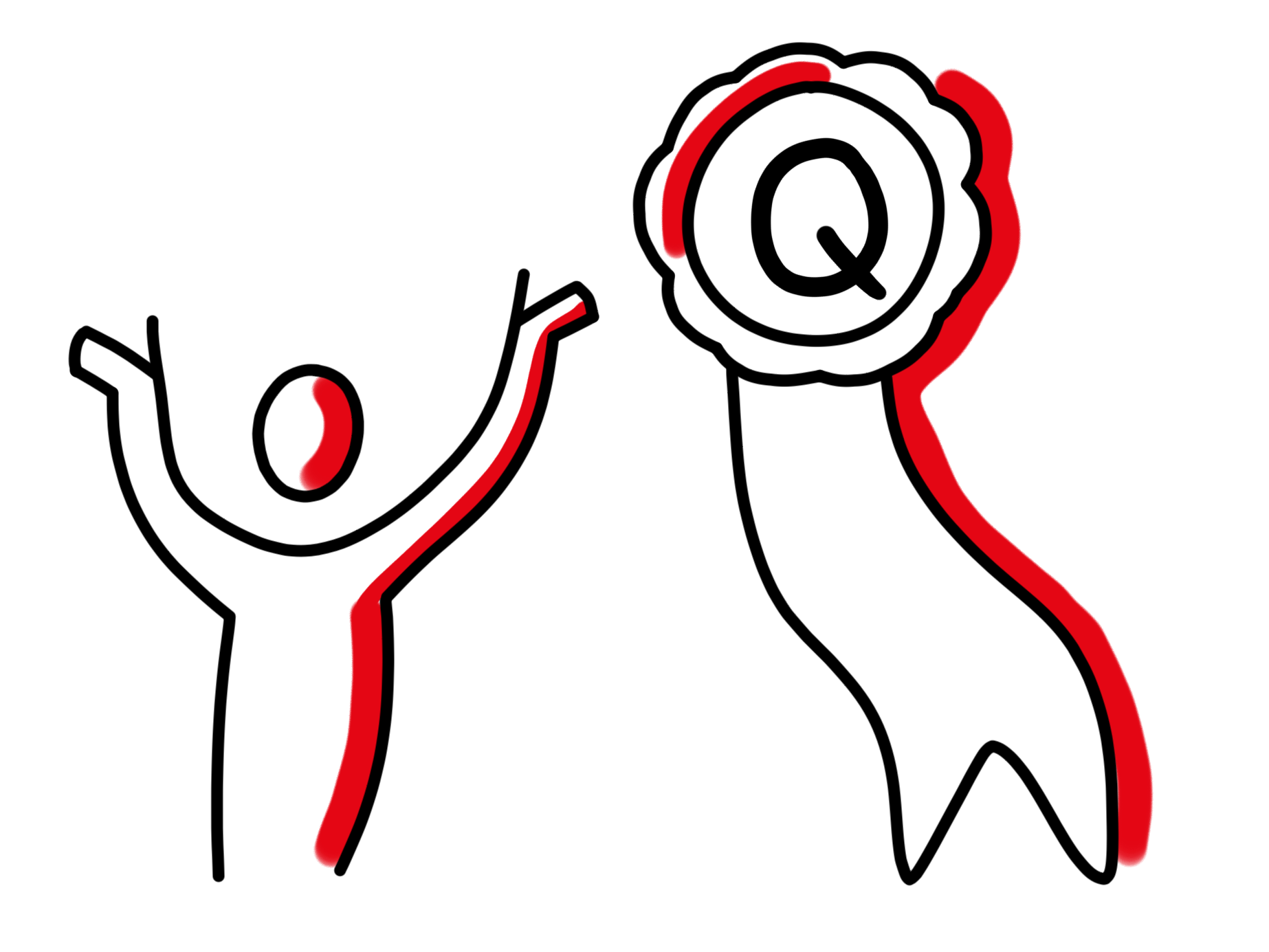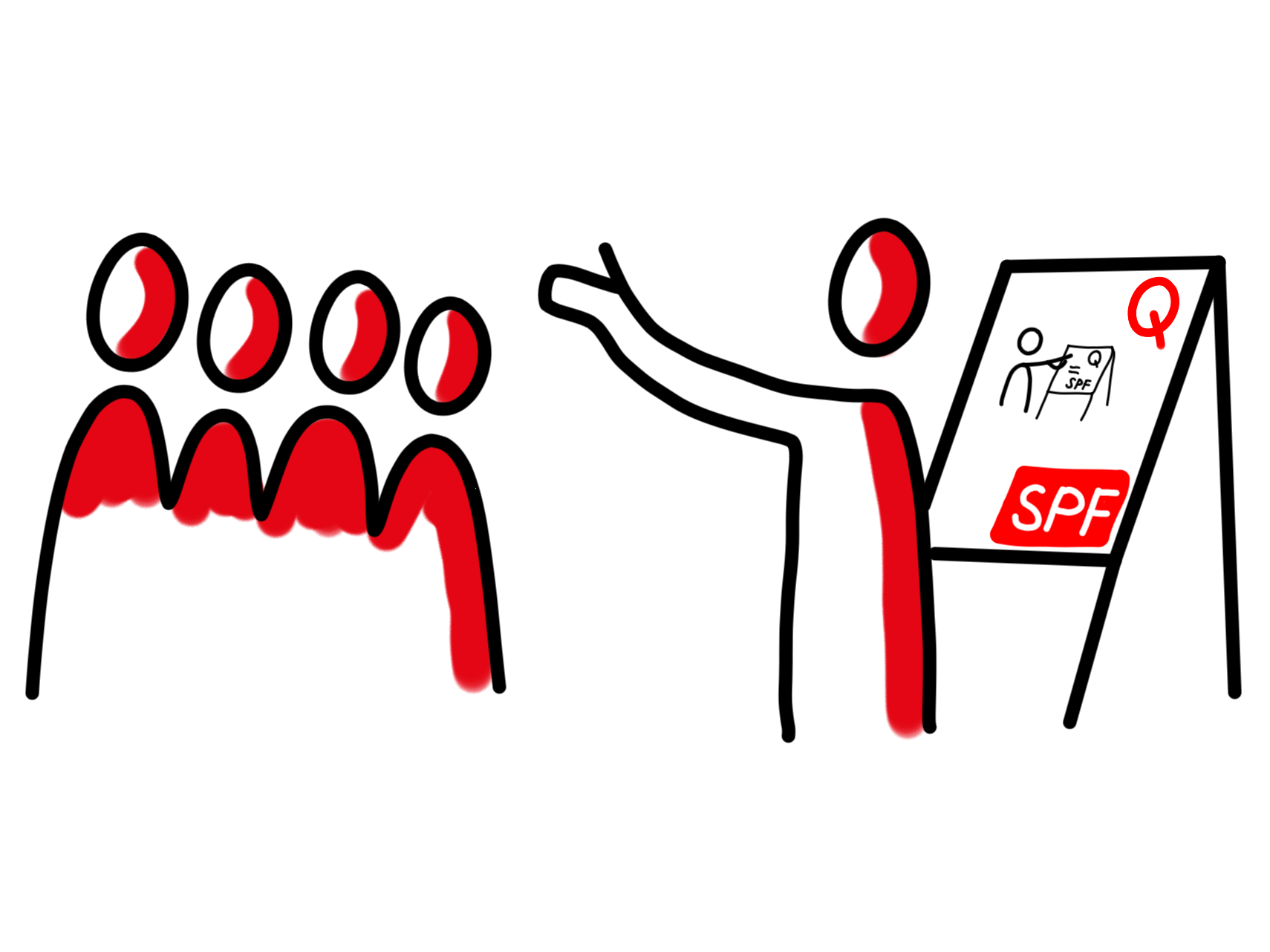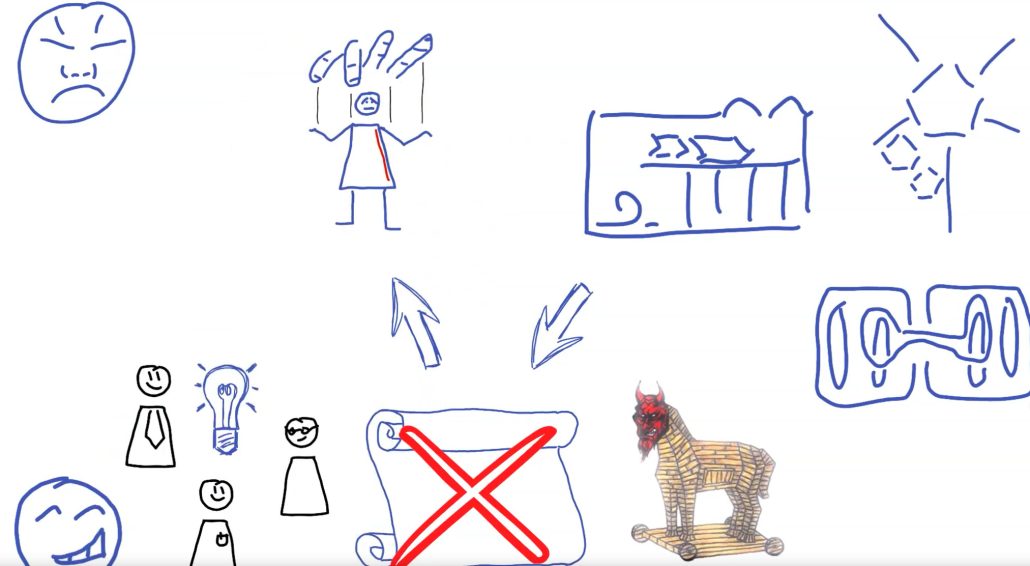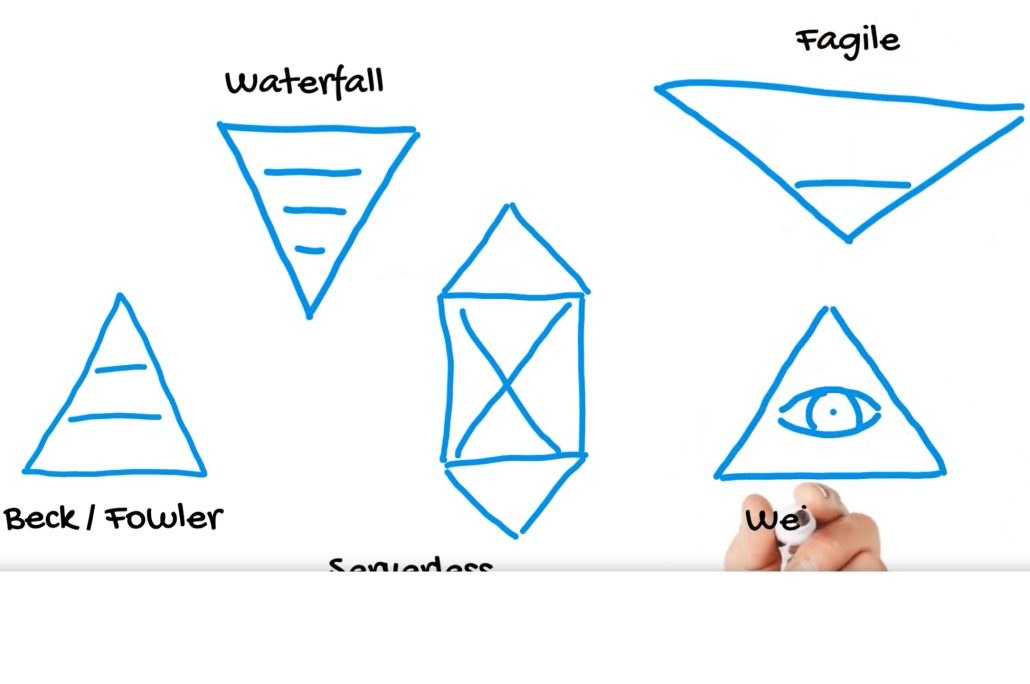Criteria and Team Charter
The 7 Qualities of Highly Effective Teams
It’s been a long time since you last worked with a functional team, you wonder how you can get them to the state where they are simply in synch, cooperating with one another, and effectively getting things done without all the interpersonal problems between them. Your colleagues are trying to convince you that agile is the problem, but you’re not so convinced. You knew that they were dysfunctional long before agile, and if you are new to your team you know very well that agile can’t be the problem–I mean, how could a methodology cause your team’s dysfunction? It makes no sense whatsoever. Your agile coach told you that it’s possible to have a functional team, it sounds good, but how do you even notice when a team is functional? All you’ve seen are dysfunctional teams. Let’s add to what your agile coach, or scrum master told you over a coffee break.

The 7 Qualities of Highly Effective Teams
„What do high performing teams look like?“ you ask. That is a good question. Can you put it into words if someone asks?
Let’s compare notes and after we’ll tell you how you can get started on the road to high team performance.
High performant and effective teams
- A unified outlook
- Ownership and accountability in their work
- A high level of emotional intelligence
- A visible culture of excellence
- A passion for their work
- Alignment on performance objectives with other departments
- Supportive and inspiring leaders
Dysfunctional teams
- Absence of trust
- Unresolved conflicts
- A mass exodus of talent
- Resignation
- Becoming too comfortable
- Lack of decision-making
- Gossiping
- Blame and lack of responsibility
- Silos
- Avoidance of vulnerability
- Workload imbalance
- scapegoating and subgroups
- Fixating on past and current problems
The list of traits for a dysfunctional team can go on and on. But who cares about dysfunctional teams? You’re there to make them a high performing team. Before you can get the team to perform, you need to get them to agree. How do you do that? Have the team develop a charter.
No nation was ever formed without an agreed and signed constitution–the vocabulary of their cooperation, the reason for their existence, and the timeless principles that bind generations after generations of citizens.
What is a team charter?
You’ll probably recall something known as a project charter which was once used to align the objectives, participants, the scope, the budget, and the deadline for projects. It was the reference document during the development of the project itself. A team charter is similar and not something your team should leave out. Your team charter is simply the team’s constitution, their reason to exist, the principles and values they share that transcend their selfishness and egos.
These are the effects of creating a team charter:
- Securing team buy-in, including the team members who have shown resistance in the past.
- Holds all team members, including developers, leadership personnel, and anyone else taking part in the work accountable, to the same principles.
- Identifying and defining roles and responsibilities in a clear, measurable way.
- Identifying and defining operations such as ways to adapt to change and how impediments are addressed
- Defining the team’s reason for existence, its mission and purpose to the entire organization
- Gives clarity and reduces confusion in case of conflicts arising during the work.
The team charter is a living document
Remember, creating the charter itself is enough to bind the team in an agreement; however, actively taking advantage of the team charter will effectively increase its benefits. To ensure the team charter remains a living document, you can:
- Put it somewhere visible, where the team can see it all the time.
- Digitize and document it in your documentation tool.
- Link your other documents to it, like the definition of done, or the definition of ready
- Review elements such as „who do we serve“ in the backlog refinement meeting to remind the PO, and yourselves what the answers to these questions are: What is the point?“ „Who cares?“
- Use it in your sprint planning to help you prioritize.
- Reference it in your retrospectives, when team members violate the principles agreed in the charter.
People who don’t know each other, who have different motives and reasons for doing what they do, need some sort of agreement, a familiar vocabulary that is not only transparent but also positively reinforcing. Take a look at the example principles and values defined as statements often found in team charters.
Fighting Fair
- Think about and enjoy our differences
- Don’t interrupt anyone, let them have their say
- Everyone has a chance to respond and then it is your turn to listen
- Remember, we are nice people
- Win: win – try to understand what people want
- People are to speak in a calm manner
- Be respectful
- Take work and feedback seriously, but not too seriously
- Be aware of awkwardness — remember people are trying
- If you are angry or upset, think about moving away for a short time
- Give people the benefit of the doubt
- Breathe
A team charter is a valuable asset in building a sustainable, long-term focused high performing teams. Try it out and see what happens!
Create your team charter today, and don’t hesitate to contact us should you need any help or support!
Autor

Sufi Mohamed, Agile Professional
Dein Kontakt

Katja Reck, Agile Consultant
Unsere neusten Insights
Das könnte dich auch interessieren






